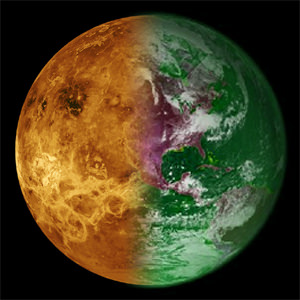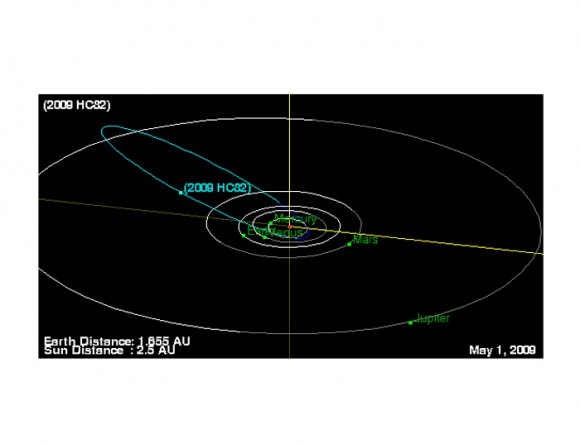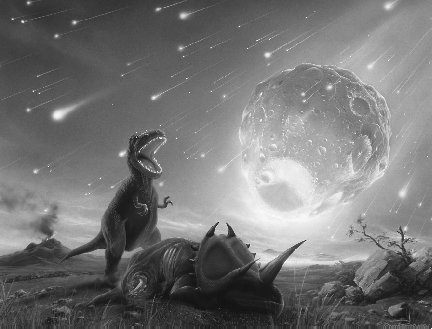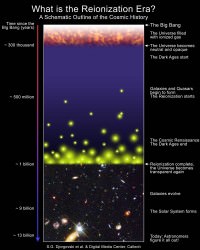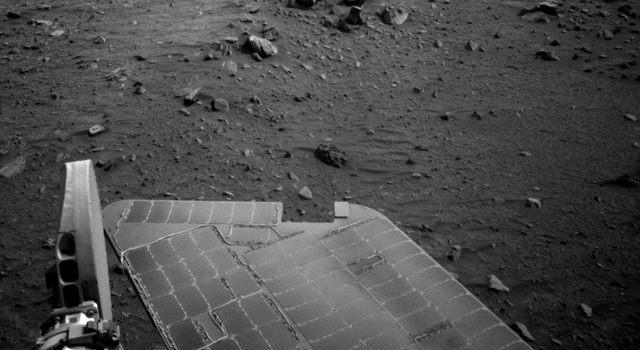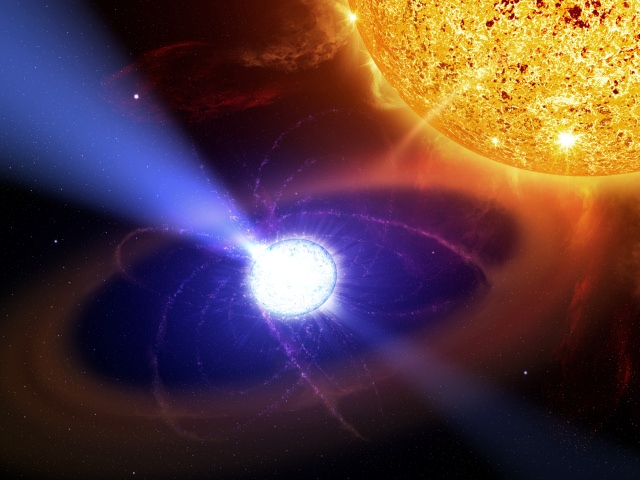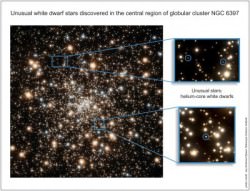[/caption]“While my body was asleep, I think my soul rode on a triangular-shaped UFO and went to Venus.”
This might sound like a quote taken from the ramblings of a conspiracy theorist or the chant from someone who spent an hour too many at an Amsterdam coffee shop, but it wasn’t.
Actually, these are the words of the wife of the Japanese premier-in-waiting Yukio Hatoyama.
Mrs Miyuki Hatoyama might be married to a man Japan nicknames “The Alien,” but it looks like it’s not him who has dreams of an extraterrestrial nature…
If there’s one thing politicians must dread when they are voted into a position of power, it’s the past. Previous indiscretions, past conversations, old business that involved major campaign donors; all of these must keep many government ministers awake at night, worried that the media will dig up some dirt.
However, in the case of the soon-to-be prime minister of Japan (who won the recent elections with a landslide victory), it’s his 66-year old wife who wrote something last year in a book called Very Strange Things I’ve Encountered, that’s causing a stir. But through his wife’s own admission, Yukio Hatoyama is an open minded fellow and probably won’t be concerned about what the public may think of Miyuki’s book.
Very Strange Things documents Mrs Hatoyama’s experiences 20 years ago when a UFO picked her up and took her to Venus. “It was a very beautiful place and it was really green,” she observed.
If by “green” she actually means “dark brown,” and by “beautiful” she means “a tropical, bone crushing atmosphere, stuffed with poisonous gas and a landscape resembling hell,” then I think Miyuki really did fly there.
Naturally, after she had her joyride to Venus, Miyuki arrived back in bed, next to her now ex-husband who told her it was just a dream.
In addition to her night-time jaunts around the Solar System, Miyuki also partakes in a little solar feast every now and again. On a Japanese TV show earlier this year, Miyuki went into some detail about her spiritualistic beliefs.
“I also eat the sun,” she said on the program, closing her eyes, pulling pieces off an imaginary Sun. “Like this, hum, hum, hum. It gives me enormous energy […] My husband has recently started doing that too.”
This all seems like a lot of fun, but what does this mean for Japan? As noted by Keith Cowing over at NASA Watch, perhaps we’ll see a boost in JAXA (the Japanese space agency) funding. It might also go some way to explaining why there’s been a surge of interest in Japanese space solar power!
Things might go a little too far if we start seeing JAXA UFO patrols in low-Earth orbit, but for now, I suspect it’s going to be a rather flamboyant term in office for the Hatoyama’s…
Sources: Reuters, NASA Watch, Time

